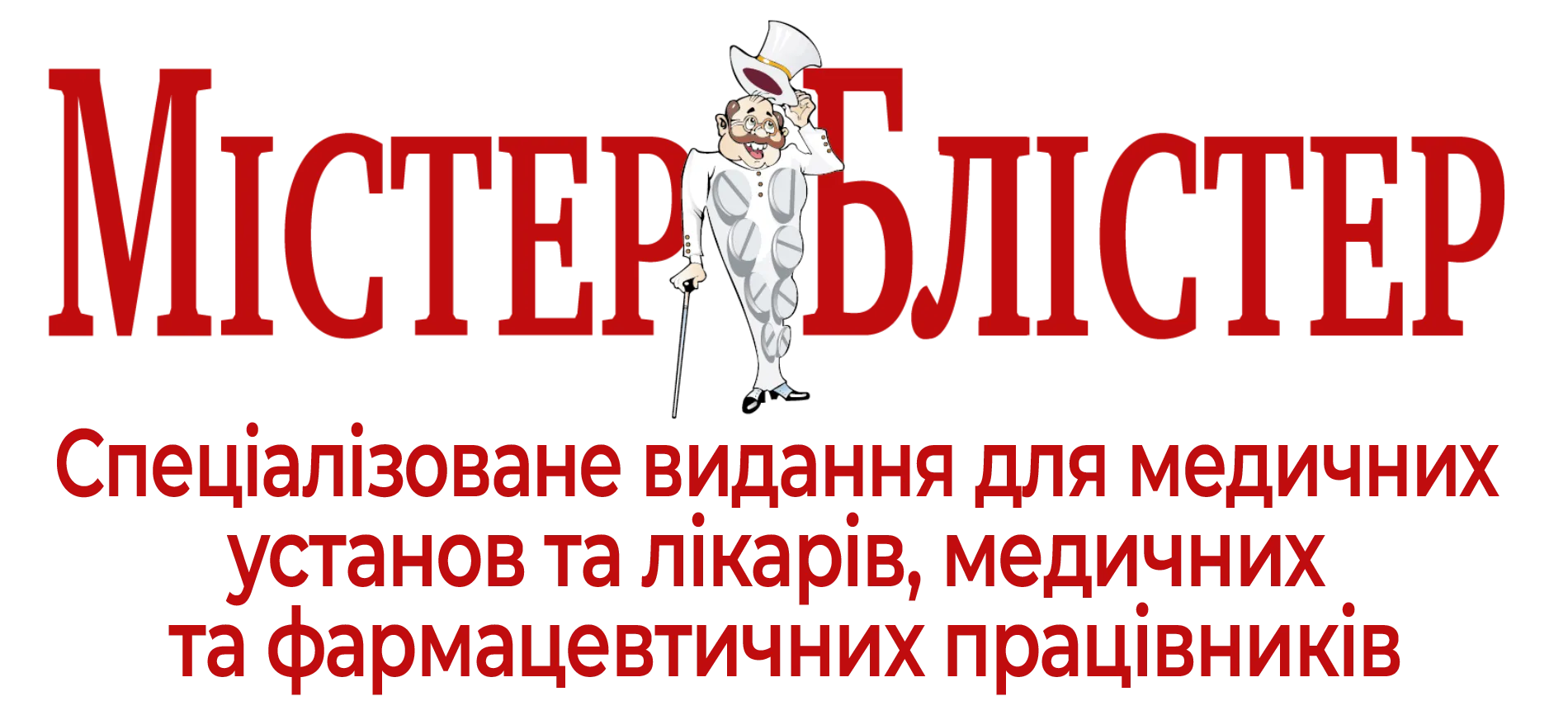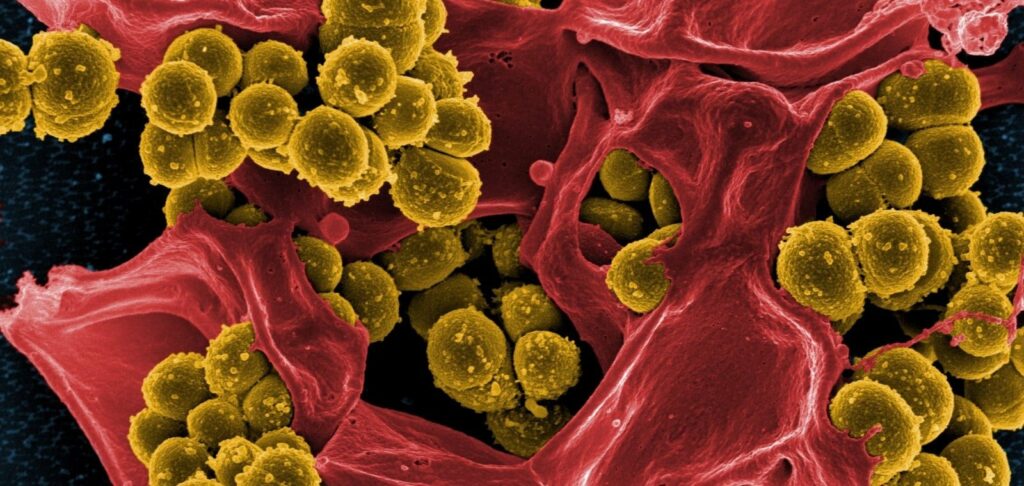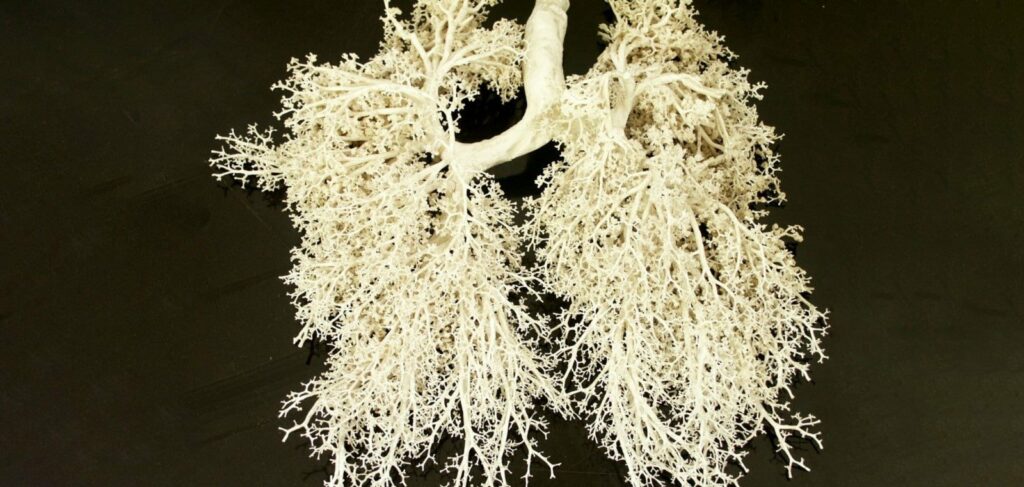
Causes and varieties
Paronychia, or periungual panaricosis, is caused by pathogens invading the proximal (central) nail fold or lateral (lateral) shaft located at the edge of the nail bed. The most common cause of this disease is a poorly done manicure, which is probably why paronychia is more common in women than in men. However, any other trauma to the nail and surrounding tissues can also serve as a gateway for infection: a blow, cut or injection with a non-sterile object, as well as hangnails, skin cracks, etc. Sometimes paronychia have the character of an occupational disease. They often appear in people whose hands are exposed to water or irritating factors such as high temperatures and chemicals (moderate alkalis, acids, etc.). The risk of this disease is increased by the presence of diabetes mellitus, peripheral circulation disorders, as well as the habit of biting the nails and the skin around them. It is customary to distinguish two forms of paronychia:
- Chronic paronychia, which develops slowly, often relapses and tends to move from nail to nail. It is most often caused by the fungal infection Candida albicans, less often by the herpes simplex virus or by a mixed infection of fungi, viruses and bacteria.
- Acute paronychia, which usually appears quite quickly and has a clear localization. It is usually associated with damage to the tissue surrounding the nail and subsequent infection of the wound byStaphylococcus aureus (Staphylococcus aureus). Sometimes the inflammatory process may involve the bacteria Streptococcus pyogenes, and in those who like to pull their fingers in the mouth – bacteria Eikenella corrodens, which are normal inhabitants of the oral mucosa.
Possible complications of paronychia
Diagnosis of paronychia is not difficult. The damaged area becomes red, swollen and painful. Usually the inflammation affects one side of the nail bed, but if it is not treated in time, the infection can spread and occupy the entire nail phalanx of the finger. In rare cases, inflammation spreads to tendons, joints, bone tissue, but the most dangerous complication of this disease is a purulent process, the development of which is usually indicated by the appearance of throbbing pain, change in skin color and character of the inflamed area. Treatment of purulent paronychia requires mandatory consultation with a doctor, prescription of antibiotics, and in some cases – surgical intervention, which is reduced to incision and drainage. Otherwise, paronychia can be complicated by abscess, phlegmon, osteomyelitis, sepsis.
For prevention, it is necessary to avoid
-
- Use of manicure tools without disinfection.
- Exposure to chemical and physical irritants.
- Excessive moisture and dry hands.
Treatment of paronychia
Uncomplicated paronychia can be treated with warm salt baths and alcohol compresses. At the stage of infiltration and edema, it is recommended to treat the affected area 3-4 times a day with aluminum acetate, sodium tetraborate (borax solution), streptocid or ichthyol ointment, chlorhexidine or iodine. In more complicated cases, treatment is supplemented with antibacterial drugs effective against Gram-positive bacteria. For oral administration, the drugs of choice are penicillin antibiotics (e.g., amoxicillin in combination with clavulanic acid), and if allergic to them – first-generation cephalosporins or antimicrobials of other pharmacological groups. They are often prescribed in combination with topical antibacterial drugs, less often – with steroids. Treatment of chronic paronychia requires topical and sometimes systemic antifungal medications (ketoconazole, itraconazole or fluconazole). In all cases, over-the-counter analgesics can help relieve pain.



